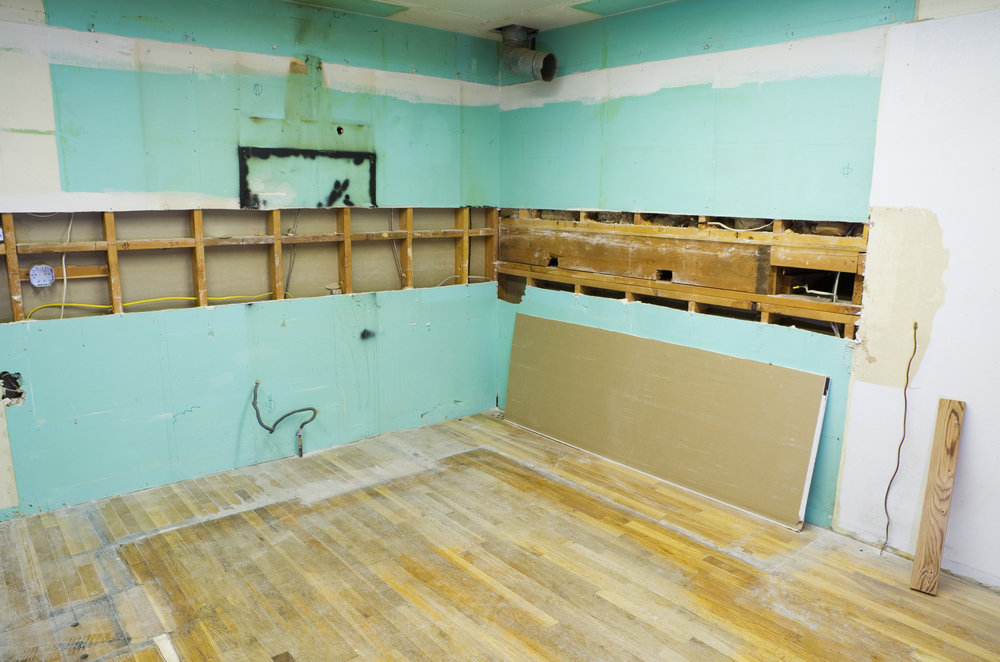
Opening for a Window
A new window can add light to your property and improve layout too. However, there are structural issues that should be factored into your decision to open up an external wall.
Best made plans
You might be convinced about the need for a new window, but what about your neighbours? If a new window overlooks neighbouring properties, you will need to consult your council’s guidelines on privacy issues.
Assuming there are no objections, it’s still advisable to check if any planning conditions (from when the property was built) prohibit the installation of new openings in external walls.
If you are not a registered installer, you will need to make an application to Building Control. This applies to opening up walls for any ‘controlled fittings’ such as doors and windows. Therefore, the advice that follows is made on the assumption that you will submit plans for approval.
Location, location, location
The location for a new opening depends on what is behind the wall. Be sure that you will not be cutting into pipes or wiring. It is possible that the external walls of your property are timber frame; if so, ensure that you position a new opening between studs.
External walls
If you plan on making an opening in an external wall, you should know more about the construction of the wall as it will influence if and how to install a new window.
Homes in the UK generally have external cavity walls if they were built after the 1920s. This means there is an inner and outer layer of brickwork – think of two parallel walls (known as leaves) spaced 10–15 cm apart. The leaves are bridged by metal ‘ties’ which make sure both leaves work together to share the structural load.
Lintels for support
The loads transferred by a wall are from the roof and from its own weight. An external wall transfers loads to the foundations of a property; something’s going to give if you remove part of such a wall. A lintel should be installed to provide the structural support that an opening removes.
A lintel is usually made of steel and is positioned horizontally at the top of the opening to support the inner and outer leaves of an external cavity wall. A structural engineer will be able to calculate the dimensions of a lintel and to advise on the correct bearings for the two ends where the lintel will sit.
